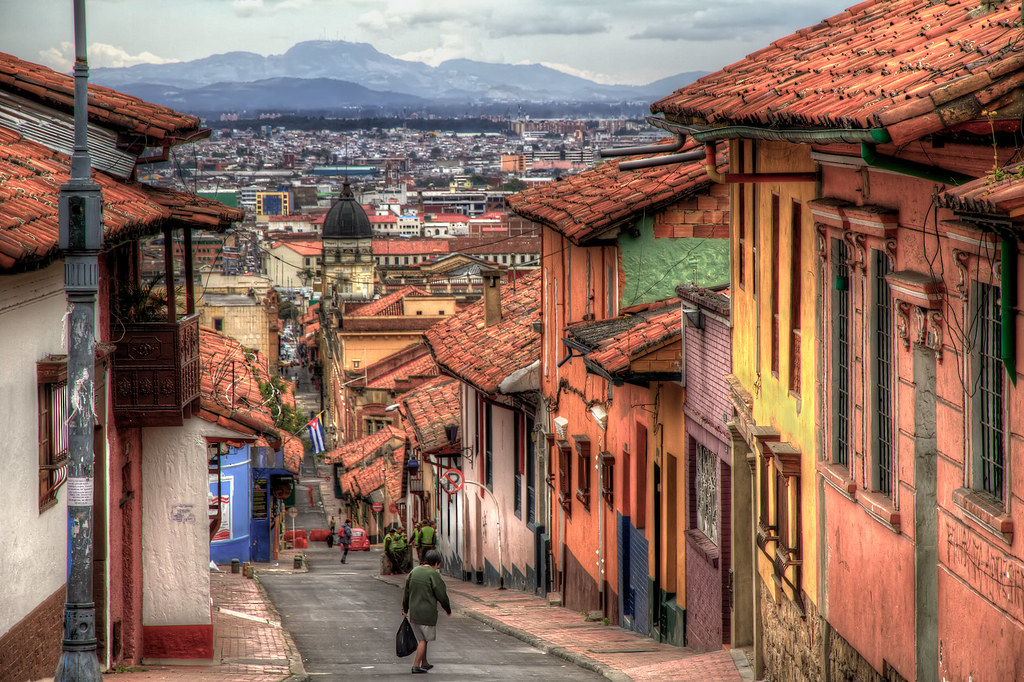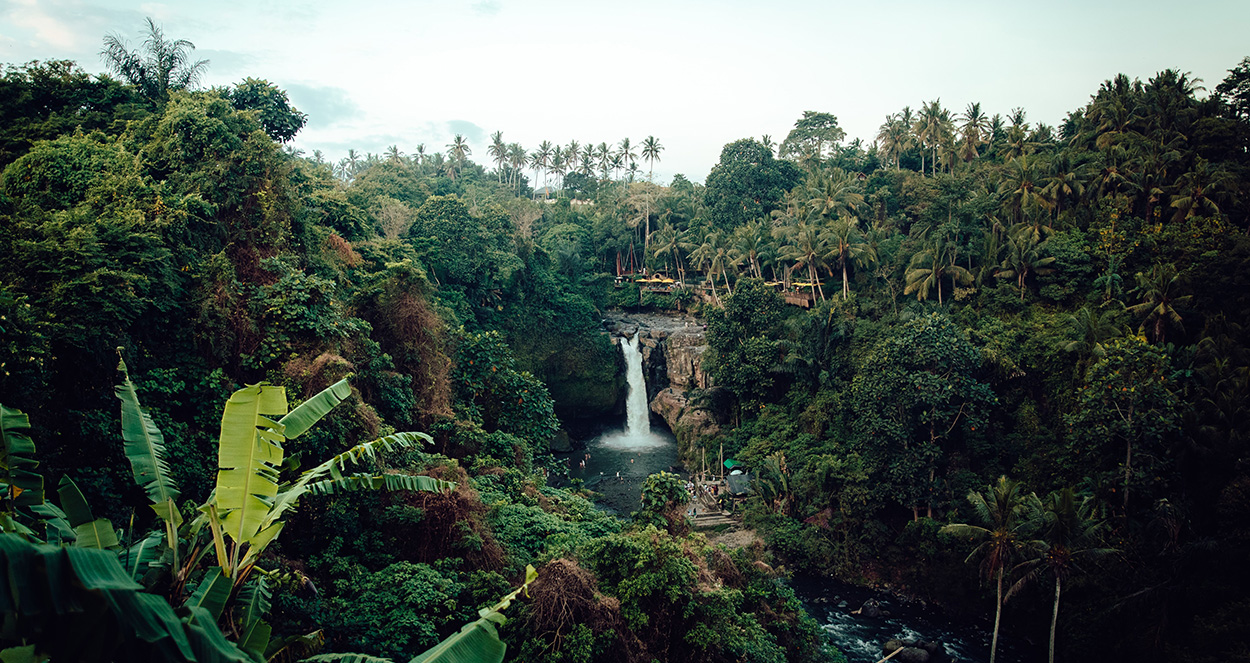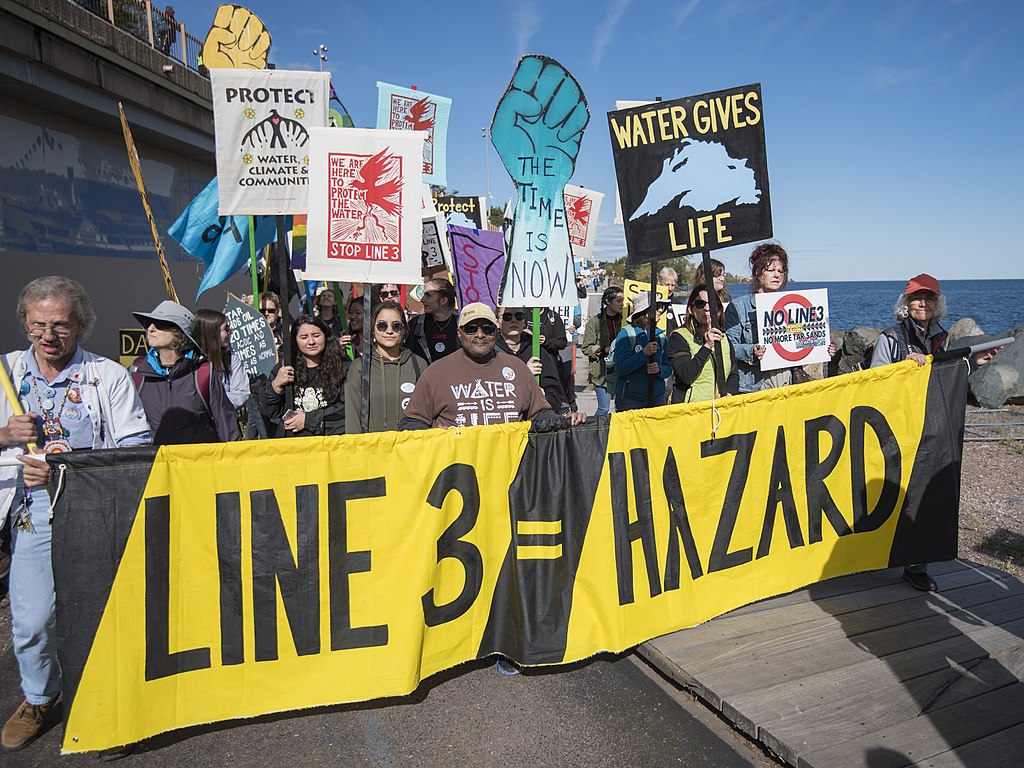
Chris Hedges: The Dawn of the Apocalypse
We were warned for decades about the death march we are on because of global warming. And yet, the global ruling class continues to frog-march us towards extinction.
By Chris Hedges / ScheerPost
The past week has seen record-breaking heat waves across Europe. Wildfires have ripped through Spain, Portugal and France. London’s fire brigade experienced its busiest day since World War II. The U.K. saw its hottest day on record of 104.54 Fahrenheit. In China, more than a dozen cities issued the “highest possible heat warning” this weekend with over 900 million people in China enduring a scorching heat wave along with severe flooding and landslides across large swathes of southern China. Dozens of people have died. Millions of Chinese have been displaced. Economic losses run into the billions of yuan. Droughts, which have destroyed crops, killed livestock and forced many to flee their homes, are creating a potential famine in the Horn of Africa. More than 100 million people in the United States are under heat alerts in more than two dozen states from temperatures in the mid-to-upper 90s and low 100s. Wildfires have destroyed thousands of acres in California. More than 73 percent of New Mexico is suffering from an “extreme” or “severe” drought. Thousands of people had to flee from a fast-moving brush fire near Yosemite National Park on Saturday and 2,000 homes and businesses lost power.
It is not as if we were not warned. It is not as if we lacked scientific evidence. It is not as if we could not see the steady ecological degeneration and species extinction. And yet, we did not act. The result will be mass death with victims dwarfing the murderous rampages of fascism, Stalinism and Mao Zedong’s China combined. The desperate response is to burn more coal, especially with the soaring cost of natural gas and oil, and extend the life of nuclear power plants to sustain the economy and produce cool air. It is a self-defeating response. Joe Biden has approved more new oil drilling permits than Donald Trump. Once the power outages begin, as in India, the heat waves will exact a grim toll.
“Half of humanity is in the danger zone, from floods, droughts, extreme storms and wildfires,” U.N Secretary General António Guterres told ministers from 40 countries meeting to discuss the climate crisis on July 18. “No nation is immune. Yet we continue to feed our fossil fuel addiction.”
“We have a choice,” he added. “Collective action or collective suicide.”
The Anthropocene Age – the age of humans, which has caused extinctions of plant and animal species and the pollution of the soil, air and oceans – is accelerating. Sea levels are rising three times faster than predicted. The arctic ice is vanishing at rates that were unforeseen. Even if we stop carbon emissions today – we have already reached 419 parts per million – carbon dioxide concentrations will continue to climb to as high as 550 ppm because of heat trapped in the oceans. Global temperatures, even in the most optimistic of scenarios, will rise for at least another century. This assumes we confront this crisis. The earth is becoming inhospitable to most life.
The average global temperature has risen by about 1.1 Celsius (1.9 degrees Fahrenheit) since 1880. We are approaching a tipping point of 2 degrees Celsius when the biosphere will become so degraded nothing can save us.
The ruling class for decades denied the reality of the climate crisis or acknowledged the crisis and did nothing. We sleepwalked into catastrophe. Record heat waves. Monster droughts. Shifts in rainfall patterns. Declining crop yields. The melting of the polar ice caps and glaciers resulting in sea level rise. Flooding. Wildfires. Pandemics. The breakdown of supply chains. Mass migrations. Expanding deserts. The acidification of the oceans that extinguishes sea life, the food source for billions of people. Feedback loops will see one environmental catastrophe worsen another environmental catastrophe. The breakdown will be nonlinear. These are the harbingers of the future.
Social coercion and the rule of law will disintegrate. This is taking place in many parts of the global south. A ruthless security and surveillance apparatus, along with heavily militarized police, will turn industrial nations into climate fortresses to keep out refugees and prevent uprisings by an increasingly desperate public. The ruling oligarchs will retreat to protected compounds where they will have access to services and amenities, including food, water and medical care, denied to the rest of us.
Voting, lobbying, petitioning, donating to environmental lobby groups, divestment campaigns and protesting to force the global ruling class to address the climate catastrophe proved no more effective than scrofula victims’ superstitious appeals to Henry VIII to cure them with a royal touch. In 1900 the burning of fossil fuel – mostly coal – produced about 2 billion tons of carbon dioxide a year. That number had risen threefold by 1950. Today the level is 20 times higher than the 1900 figure. During the last 60 years the increase in CO2 was an estimated 100 times faster than what the earth experienced during the transition from the last ice age.
The last time the earth’s temperature rose 4 degrees Celsius, the polar ice caps did not exist and the seas were hundreds of feet above their current levels.
You can watch my two-part interview with Roger Hallam, the co-founder of the resistance group Extinction Rebellion, on the climate emergency here and here.
There are three mathematical models for the future: a massive die-off of perhaps 70 percent of the human population and then an uneasy stabilization; extinction of humans and most other species; an immediate and radical reconfiguration of human society to protect the biosphere. This third scenario is dependent on an immediate halt to the production and consumption of fossil fuels, converting to a plant-based diet to end the animal agriculture industry – almost as large a contributor to greenhouse gasses as the fossil fuel industry – greening the deserts and restoring rainforests.
We knew for decades what harnessing a hundred million years of sunlight stored in the form of coal and petroleum would do to the climate. As early as the 1930s British engineer Guy Stewart Callendar suggested that increased CO2 was warming the planet. In the late 1970s into the 1980s, scientists at companies such as Exxon and Shell determined that the burning of fossil fuels was contributing to rising global temperature.
“[T]here is concern among some scientific groups that once the effects are measurable, they might not be reversible and little could be done to correct the situation in the short term,” a 1982 internal briefing for Exxon’s management noted.
NASA’s Dr. James Hansen told the U.S. Senate in 1988 that the buildup of CO2 and other gasses were behind the rise in heat.
But by 1989 Exxon, Shell and other fossil fuel corporations decided the risks to their profits from major curbs in fossil fuel extraction and consumption was unacceptable. They invested in heavy lobbying and funding of faux research and propaganda campaigns to discredit the science on the climate emergency.
Christian Parenti in his book Tropic of Chaos: Climate Change and the New Geography of Violence quotes from “The Age of Consequences: The Foreign Policy and National Security Implications of Global Climate Change,” a 2007 report produced by the Center for Strategic and International Studies and the Center for a New American Security. R. James Woolsey, former director of the Central Intelligence Agency, writes in the report’s final section:
In a world that sees two meter sea level rise, with continued flooding ahead, it will take extraordinary effort for the United States, or indeed any country, to look beyond its own salvation. All of the ways in which human beings have dealt with natural disasters in the past…could come together in one conflagration: rage at government’s inability to deal with the abrupt and unpredictable crises; religious fervor, perhaps even a dramatic rise in millennial end-of-day cults; hostility and violence towards migrants and minority groups, at a time of demographic change and increased global migration; intra-and interstate conflict over resources, particularly food and fresh water. Altruism and generosity would likely be blunted.
The profits from fossil fuels, and the lifestyle the burning of fossil fuels afforded to the privileged on the planet, overrode a rational response. The failure is homicidal.
Clive Hamilton in his Requiem for a Species: Why We Resist the Truth About Climate Change describes a dark relief that comes from accepting that “catastrophic climate change is virtually certain.”
“But accepting intellectually is not the same as accepting emotionally the possibility that the world as we know it is headed for a horrible end,” Hamilton writes. “It’s the same with our own deaths; we all ‘accept’ that we will die, but it is only when death is imminent that we confront the true meaning of our mortality.”
Environmental campaigners, from The Sierra Club to 350.org, woefully misread the global ruling class, believing they could be pressured or convinced to carry out the seismic reconfigurations to halt the descent into a climate hell. These environmental organizations believed in empowering people through hope, even if the hope was based on a lie. They were unable or unwilling to speak the truth. These climate “Pollyannas,” as Hamilton calls them, “adopt the same tactic as doom-mongers, but in reverse. Instead of taking a very small risk of disaster and exaggerating it, they take a very high risk of disaster and minimize it.”
Humans have inhabited cities and states for 6,000 years, “a mere 0.2 percent of the two and a half million years since our first ancestor sharpened a stone,” the anthropologist Ronald Wright notes in A Short History of Progress. The myriad of civilizations built over these 6,000 years have all decayed and collapsed, most through a thoughtless depletion of the natural resources that sustained them.
The latest iteration of global civilization was dominated by Europeans, who used industrial warfare and genocide to control much of the planet. Europeans and Euro-Americans launched a 500-year-long global rampage of conquering, plundering, looting, exploiting and polluting the earth – as well as killing the indigenous communities, the caretakers of the environment for thousands of years – that stood in the way. The mania for ceaseless economic expansion and exploitation, accelerated by the Industrial Revolution two and a half centuries ago, has become a curse, a death sentence.
Anthropologists, including Joseph Tainter in The Collapse of Complex Societies, Charles L. Redman in Human Impact on Ancient Environments and Ronald Wright in A Short History of Progress, have laid out the familiar patterns that lead to systems breakdown. Civilizations, as Tainter writes, are “fragile, impermanent things.” Collapse, he writes, “is a recurrent feature of human societies.”
This time the whole planet will go down. There will, with this final collapse, be no new lands left to exploit, no new peoples to subjugate or new civilizations to replace the old. We will have used up the world’s resources, leaving the planet as desolate as the final days of a denuded Easter Island.
Collapse comes throughout human history to complex societies not long after they reach their period of greatest magnificence and prosperity.
“One of the most pathetic aspects of human history is that every civilization expresses itself most pretentiously, compounds its partial and universal values most convincingly, and claims immortality for its finite existence at the very moment when the decay which leads to death has already begun,” the theologian Reinhold Niebuhr writes in Beyond Tragedy: Essays on the Christian Interpretation of Tragedy.
The very things that cause societies to prosper in the short run, especially new ways to exploit the environment such as the invention of irrigation or use of fossil fuels, lead to disaster in the long run. This is what Wright calls the “progress trap.”
“We have set in motion an industrial machine of such complexity and such dependence on expansion,” Wright notes, “that we do not know how to make do with less or move to a steady state in terms of our demands on nature.”
The U.S. military, intent on dominating the globe, is the single largest institutional emitter of greenhouse gasses, according to a report from Brown University. This is the same military that has designated global warming a “threat multiplier” and “an accelerant of instability or conflict.”
The powerlessness many will feel in the face of ecological and economic chaos will unleash further collective delusions, such as fundamentalist beliefs in a god or gods who will come back to earth and save us. The Christian right provides a haven for this magical thinking. Crisis cults spread rapidly among Native American societies in the later part of the 19th century as the buffalo herds and the remaining tribes faced extermination. The Ghost Dance held out the hope that all the horrors of white civilization — the railroads, the murderous cavalry units, the timber merchants, the mine speculators, the hated tribal agencies, the barbed wire, the machine guns, even the white man himself — would disappear. Our psychological hard wiring is no different.
The greatest existential crisis of our time is to at once be willing to accept the bleakness before us and resist. The global ruling class has forfeited its legitimacy and credibility. It must be replaced. This will require sustained mass civil disobedience, such as those mounted by Extinction Rebellion, to drive the global rulers from power. Once the rulers see us as a real threat they will become vicious, even barbaric, in their efforts to cling to their positions of privilege and power. We may not succeed in halting the death march, but let those who come after us, especially our children, say we tried.
Chris Hedges is a Pulitzer Prize–winning journalist who was a foreign correspondent for fifteen years for The New York Times, where he served as the Middle East Bureau Chief and Balkan Bureau Chief for the paper. He previously worked overseas for The Dallas Morning News, The Christian Science Monitor, and NPR. He is the host of show The Chris Hedges Report.
Photo by Catalin Pop on Unsplash.






